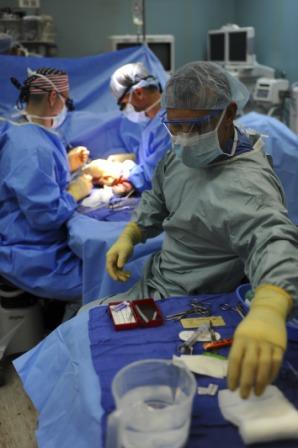Heater Cooler Infections Following Heart Surgery – Over Half a Million Affected

Heater cooler devices are used during cardiothoracic surgery to keep a patient’s blood and organs at a certain temperature to prevent complications. About a year ago, the CDC, in conjunction with the FDA issued an alert letting healthcare professionals and heart as well as lung surgery recipients know of the risk of bacterial infection owing to the contamination of these devices, millions of which were manufactured in Germany.
How Heater Coolers Work
Cardiothoracic surgery is also known as carried out to prevent a heart attack or reduce the chances of one happening due to a blood clot via the implantation of a stent. Individuals who may have lung disease or cancer also undergo this procedure to remove diseased tissue or receive an implant. Heater cooler devices keep blood and organ temperature levels at an acceptable level to prevent infection or the body going into shock. Stockert is a brand out of Germany from a brand known as LivaNova PLC which has its operations in the UK.
Heater Cooler Heart Surgery Infection – NM To Blame
Nontuberculous mycobacterium is an organism found in nature and is typically harmless. However, it has been shown that this bacterium can lead to massive infection following a low grade period of hibernation in one’s body. The Stockert heater cooler device was never made with a fan to circulate the water contained in it, meaning that bacteria could thrive in moist nooks and crannies and then go on to infect patients undergoing surgery. It is thought that the bacterium which has potentially infected hundreds of thousands of American heart surgery patients originated at the device’s German production plant. The FDA further mentioned that the pieces that were affected were those made before September 2014.
It is thought that those who had valves put in as well as patients who had similar prosthetic devices implanted are at a higher risk of suffering complications and even dying. As of this month (July, 2017), just about a dozen patients have filed a lawsuit claiming that the makers of this device exposed them to unnecessary harm due to poor design and manufacturing practices.

